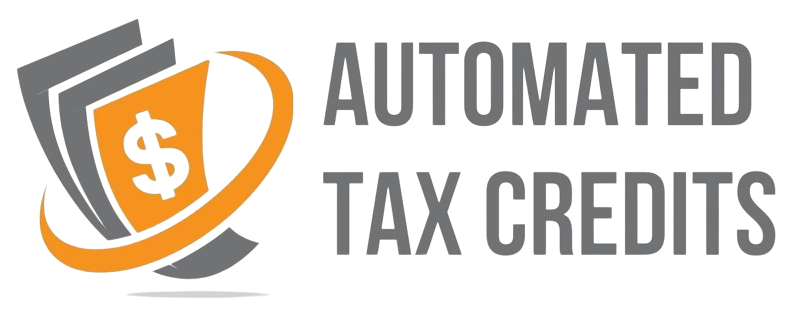Understanding the Tax Deduction for Professional Audio Equipment Used in Webinars
In a digital age where webinars have become a prominent tool for professional communication and knowledge sharing, the importance of high-quality audio equipment cannot be overstated. This importance extends into the sphere of tax preparation, where deductions for business expenses, including professional audio equipment, can offer significant financial benefits. This glossary entry provides an in-depth look at the tax deduction associated with professional audio equipment used specifically for webinars.
What It Is and Its Primary Purpose
The term ‘Professional Audio Equipment for Webinars Deduction’ refers to a tax deduction available to individuals and businesses for the expenses incurred in purchasing audio equipment used specifically for conducting webinars. This deduction is a component of business expenses that can be claimed when filing tax returns. The primary purpose of this deduction is to reduce taxable income by allowing taxpayers to subtract the cost of necessary audio equipment from their total earnings, thereby lowering the overall tax liability.
Key Features or Components
- Eligibility Criteria: To qualify, the audio equipment must be used for webinars that serve a business purpose. This could include webinars for marketing, educational purposes, or team meetings.
- Types of Equipment: Commonly deductible items include microphones, headphones, audio mixers, and soundproofing materials, provided they are used primarily for business purposes.
- Expense Documentation: Proper records of purchases, such as invoices and receipts, must be maintained to substantiate the deduction claim.
Relevant Filing or Compliance Requirements
To ensure compliance with tax regulations when claiming a deduction for professional audio equipment, taxpayers must adhere to specific filing requirements:
- Record-Keeping: Maintain thorough documentation of all equipment purchases, including the date of purchase, the cost, and the business purpose of the equipment.
- Filing Status: The deduction can be claimed on IRS Schedule C for sole proprietors or the business tax return for those operating as part of a corporation or partnership.
- Cost Allocation: If the equipment is used for both personal and business purposes, only the portion related to business use can be deducted, requiring careful allocation and calculation.
Penalties or Consequences for Non-Compliance
Failure to comply with the IRS’s guidelines on business expense deductions can result in several consequences:
- Audit Risk: Inaccuracies or unsupported claims increase the risk of an audit, which can be time-consuming and costly for taxpayers.
- Repayment Obligations: If deductions are disallowed, taxpayers may be required to repay taxes owed with interest and potential penalties.
- Legal Repercussions: In cases of significant non-compliance or perceived fraud, legal action may be taken by the IRS.
Importance or Significance
The deduction of professional audio equipment expenses plays a critical role in financial and tax planning for businesses and self-employed professionals who rely on webinars for their operations. The savings gleaned from such deductions can be reinvested into the business, foster growth, and improve financial health. Moreover, staying compliant with deduction rules reinforces savvy business practices, reducing the risk of audits and penalties that can arise from errors in tax reporting.
Overall, understanding and effectively utilizing the Professional Audio Equipment for Webinars Deduction can yield considerable benefits, helping enhance cash flow, supporting growth strategies, and ensuring compliance with tax laws. Taxpayers are advised to consult with tax professionals to ensure that all deductions are accurately applied and in alignment with current IRS guidelines. Proper planning and awareness of eligible expenses are essential for maximizing potential savings each fiscal year.
